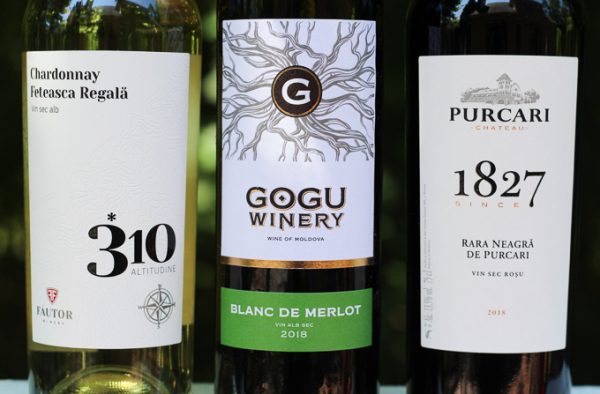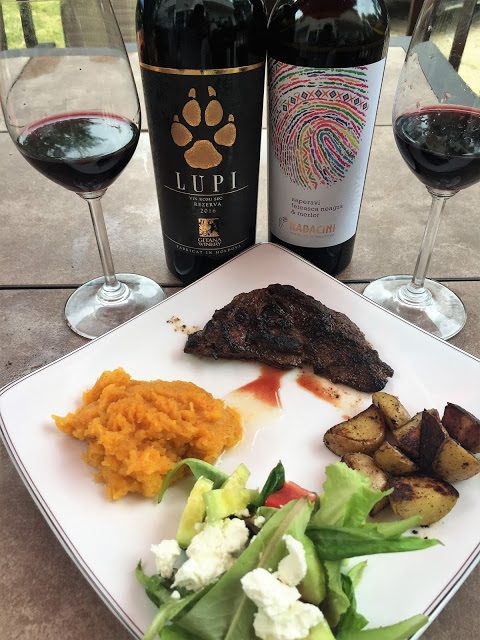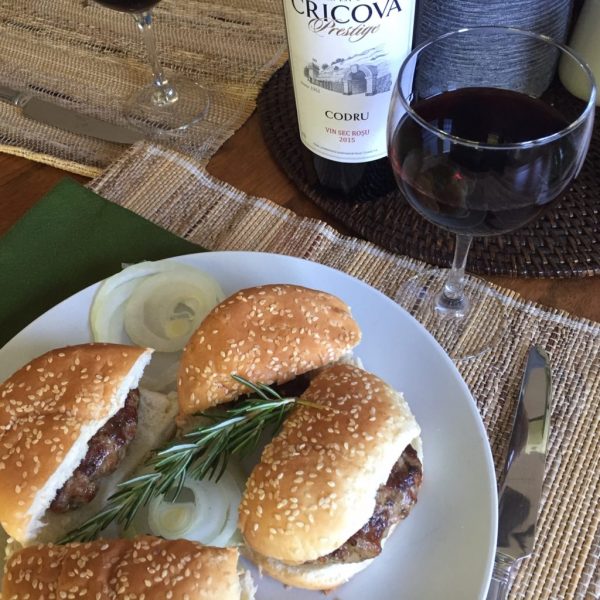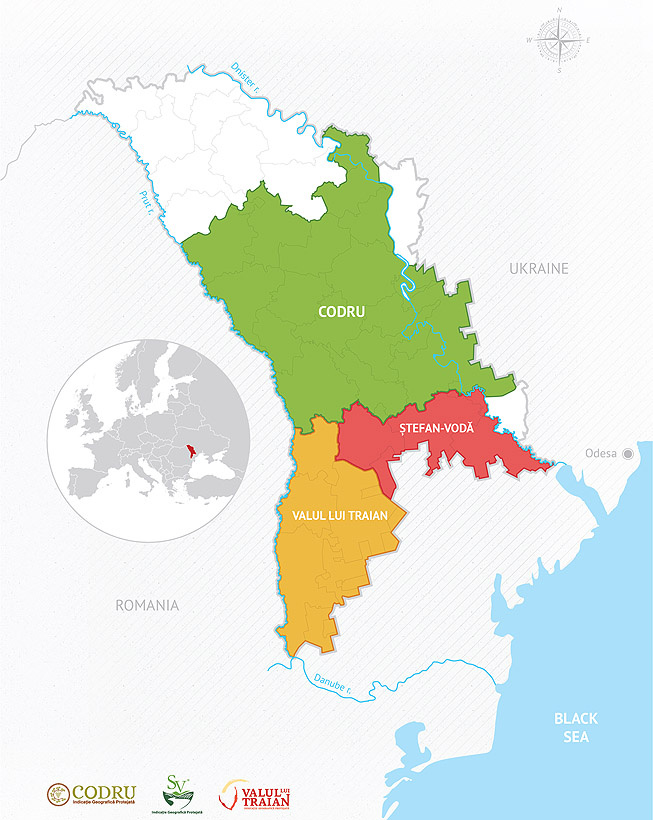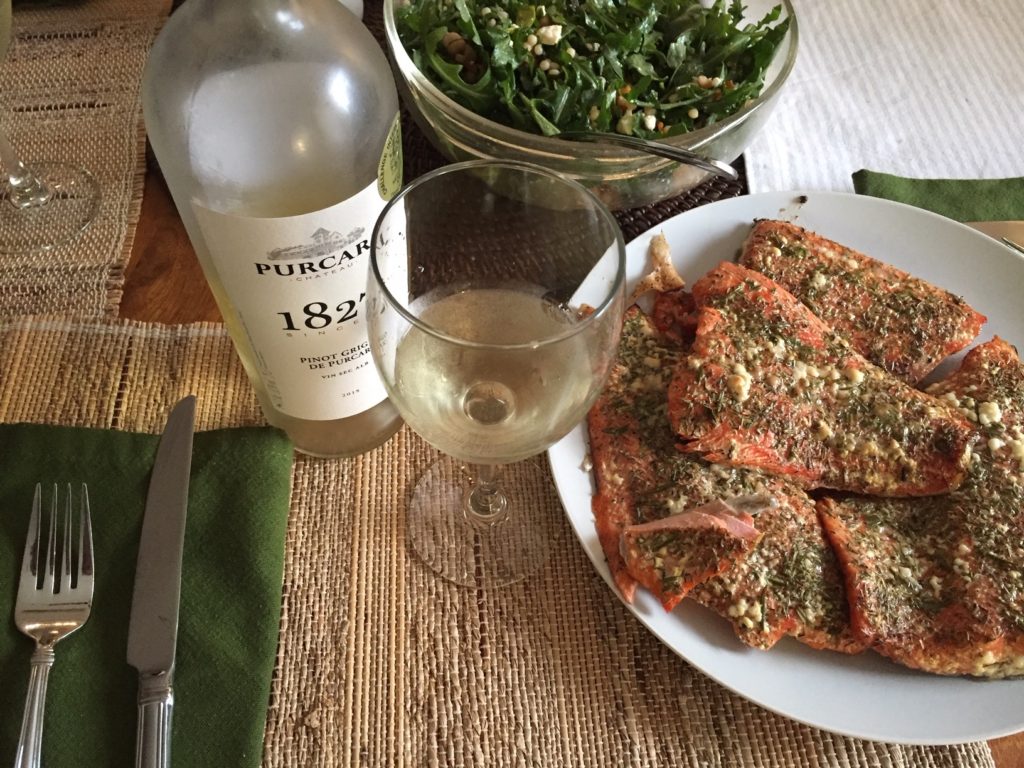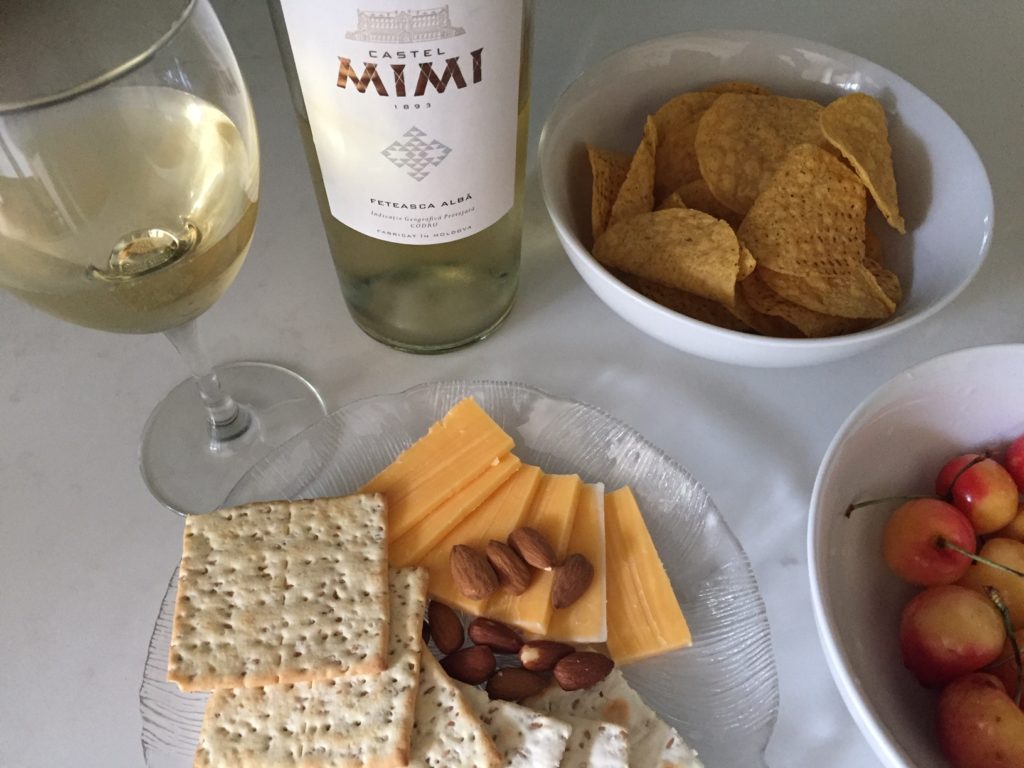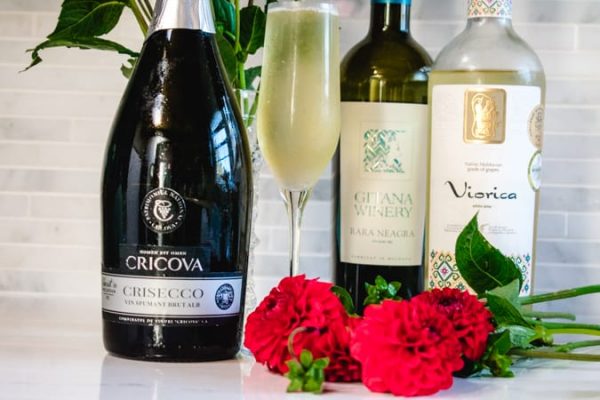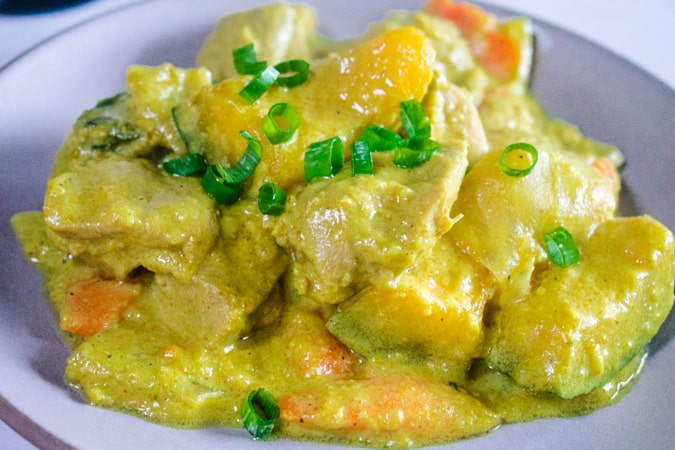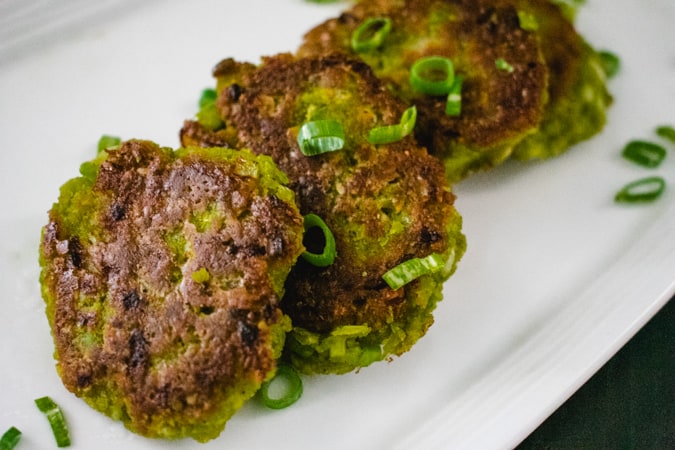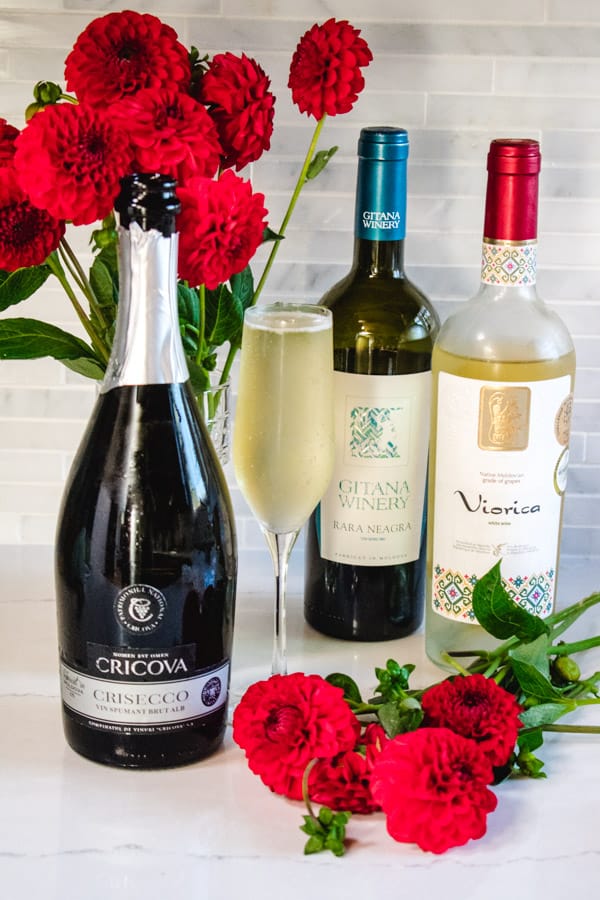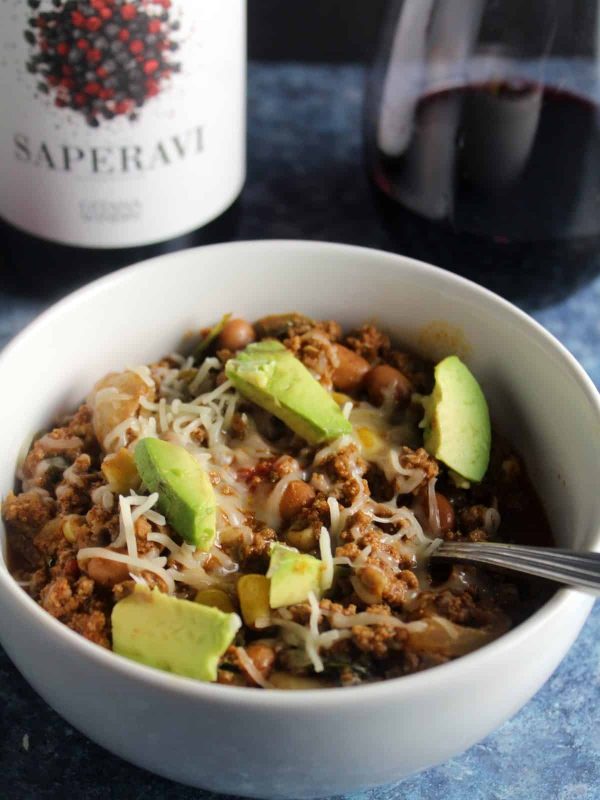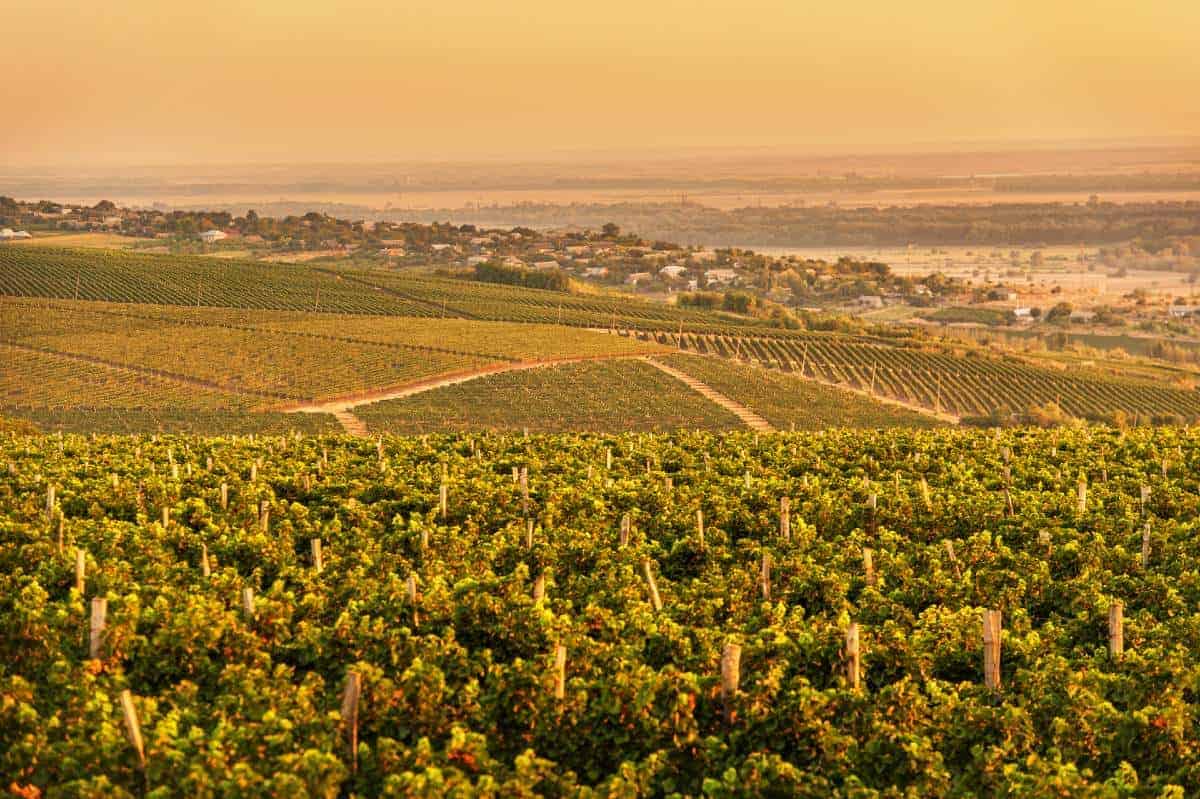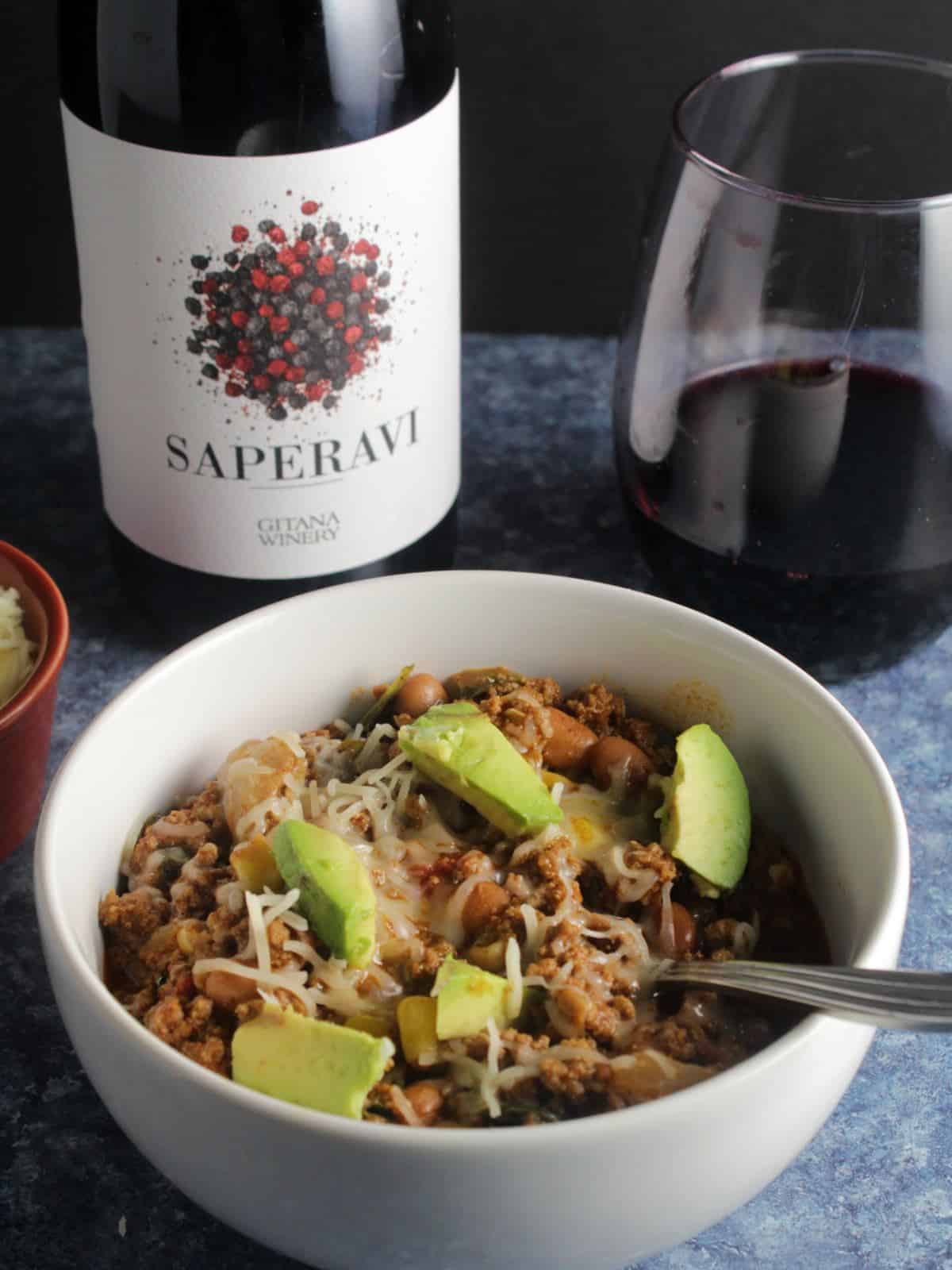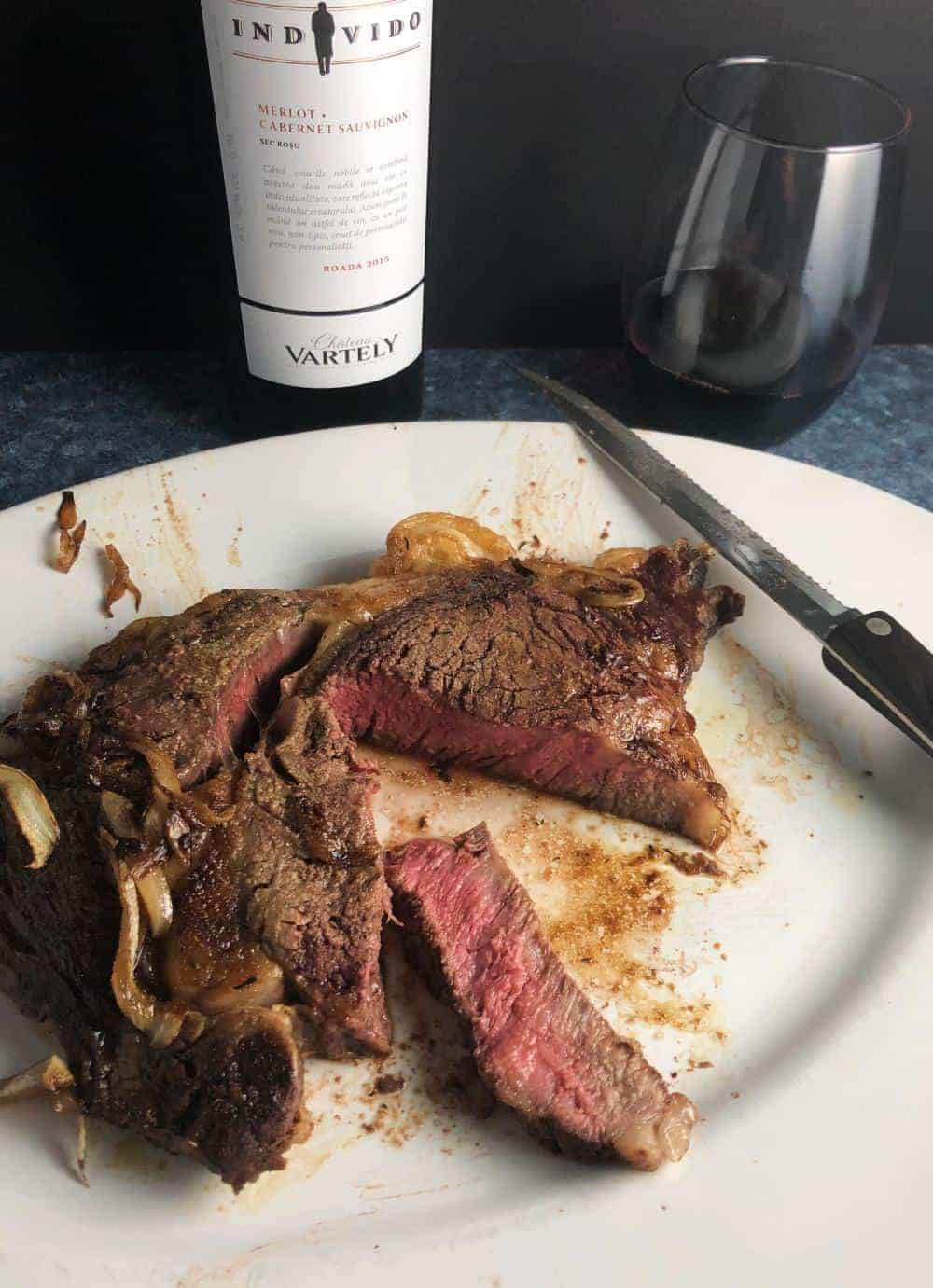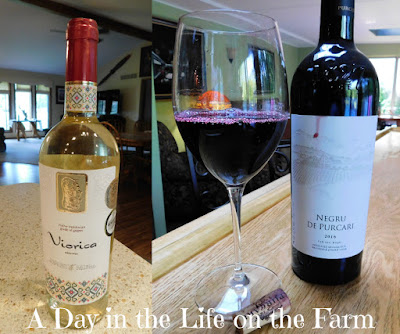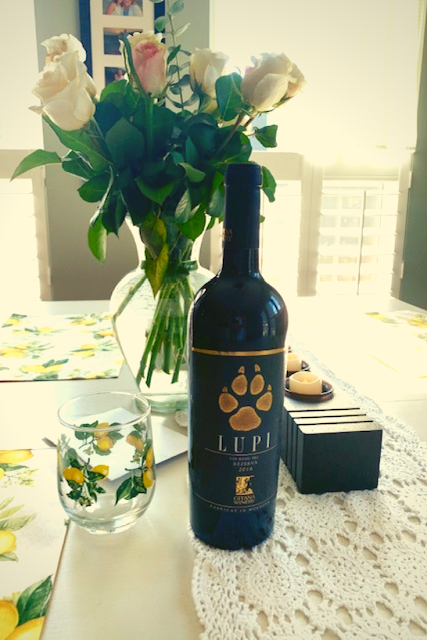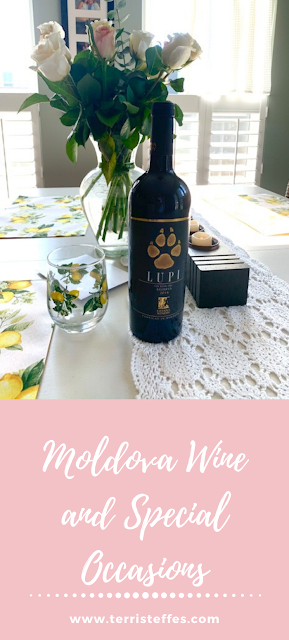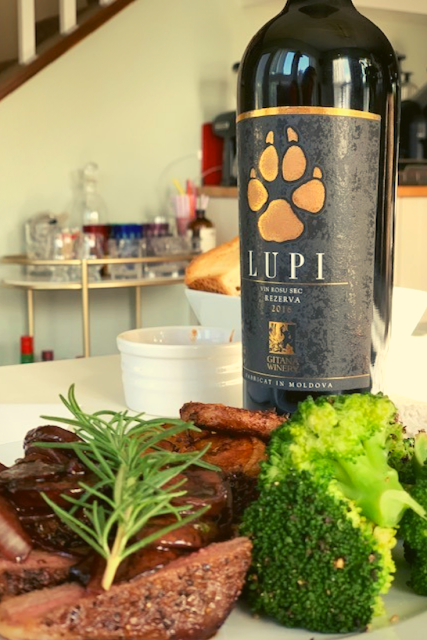Savory Cheese Crostata Paired with Moldovan Wines
Daria 2020-09-24T13:22:41-04:00Savory Cheese Crostata Paired with Moldovan Wines

Wine Adventure anyone? Ever hear of Moldova? Moldova is located between Romania and Ukraine in Eastern Europe. The country has a rich and long wine history, the first known grapevines dating back to 7000 BC and winemaking around 3000 BC. It has the highest density of vineyards globally, with plantings of international and indigenous grape varieties. Some of the world’s largest wine cellars are in Moldova, including the cellars at Milestii Mici – registered in the Guinness Book of World Records with over 1.5 million bottles of wine. What better way to explore Moldovan wines than to taste and pair them with a savory cheese crostata.
This month the Wine Pairing Weekend group is traveling virtually to Moldova. Jeff from FoodWineClick is our host and arranged for wine samples from Wine of Moldova. Don’t miss more adventures on Moldovan wines from the group at the end of this post. And join us for our Moldovan wine chat on Twitter, Saturday, July 11th at 11:00 AM ET using hashtag #winepw to follow the conversation.
Fast Facts About Moldova’s Wine Industry
- In 1812 Moldova became part of the Russian Empire. The wine industry flourished until phylloxera hit at the end of the 19th century. The Moldovan wine was further damaged with two World Wars.
- Under the Soviet Union in the 1950s, vineyards were re-established, and inexpensive bulk wines were produced for the Soviet market.
- With the fall of communism in 1991, Moldova gained its independence from the Soviet Union.
- In 2006 Russia accounted for 80% of Moldova’s wine exports. The relationship ended in 2006 when Russia imposed an embargo on Moldovan wines and again in 2013.
- After the two Russian embargo’s, Moldova’s wine industry pivoted, seeking new export markets and producing wines of quality vs. quantity.
- Today Moldovan wines are sold in 63 countries with the majority exported to the European Union markets.
- There are 128,000 hectares (316,295 acres) of total vineyards.
- Grape varieties are 85% European, 10% Black Sea Basin, and 5% Local
- 70% are white varieties such as; Rkatsiteli, Sauvignon Blanc, Chardonnay, and Aligoté
- 30% are red varieties such as; Cabernet Sauvignon, Merlot, Pinot Noir, and Saperavi
- Local varieties include; Rara, Neagra, Feteasca Neagra, Feteasca Alba, and Viorica
- There are three Protected Geographical Indication (PGI) Moldovan Wine Regions; Codru, Valul lui Traian, and Stefan Voda

Map via Wine of Moldova
Sources:
Wine of Moldova, Exotic Wine Travel
Tasting Notes

Disclosure: the wines were provided as media samples. All opinions are my own.
2018 Fáutor 310 Altitudine Chardonnay/ Feteasca Regala, Moldova
13.3% abv | $18.00 Vinovations (sample) | 60% Chardonnay, 40% Feteasca Regala
Fautor Winery
Pale lemon-green in color. Aromas of lime zest, nectarine, blossom, and wet stone. On the palate, dry, with medium body and medium (+) acidity. Refreshing flavor notes of lime, white grapefruit, and wetstone. A round smooth mouth feel with a lingering lime finish.
2018 Gogu Blanc de Merlot, Moldova
13% abv | $20.00 Vinovations (sample) | Merlot
Gogu Winery
Pale yellow in color. Aromas of white cherries, rose hips, lemongrass, and bell pepper. On the palate, dry with medium body and medium(+) acidity. Flavor notes of white cherries, apricots, bell peppers, and minerals with a medium finish.
2018 Purcari Rara Neagra de Purcari, Moldova
13.5% abv | $30.00 Vinovations (sample) | 100% Rara Neagra
Purcari Chateau
Medium ruby in color. Pronounced aromas of violet, plum, toast, vanilla, and sweet cherries. On the palate, dry with medium(+) body, medium(-) tannins, and medium acidity. Flavor notes of ripe plum, cherries, and vanilla.
Savory Cheese Crostata Paired with Moldovan Wines

The cheese crostata was a perfect appetizer to pair with the three Moldovan wines. The crisp acidity of the two white wines cleansed the palate from the rich cheese of the crostata. While the overall weight of the wine and crostata were in balance. The red wine was a match for the crostata’s earthy leeks, kale, and swiss chard. The wine’s smooth tannins mirrored the luxurious texture of the cheese.

